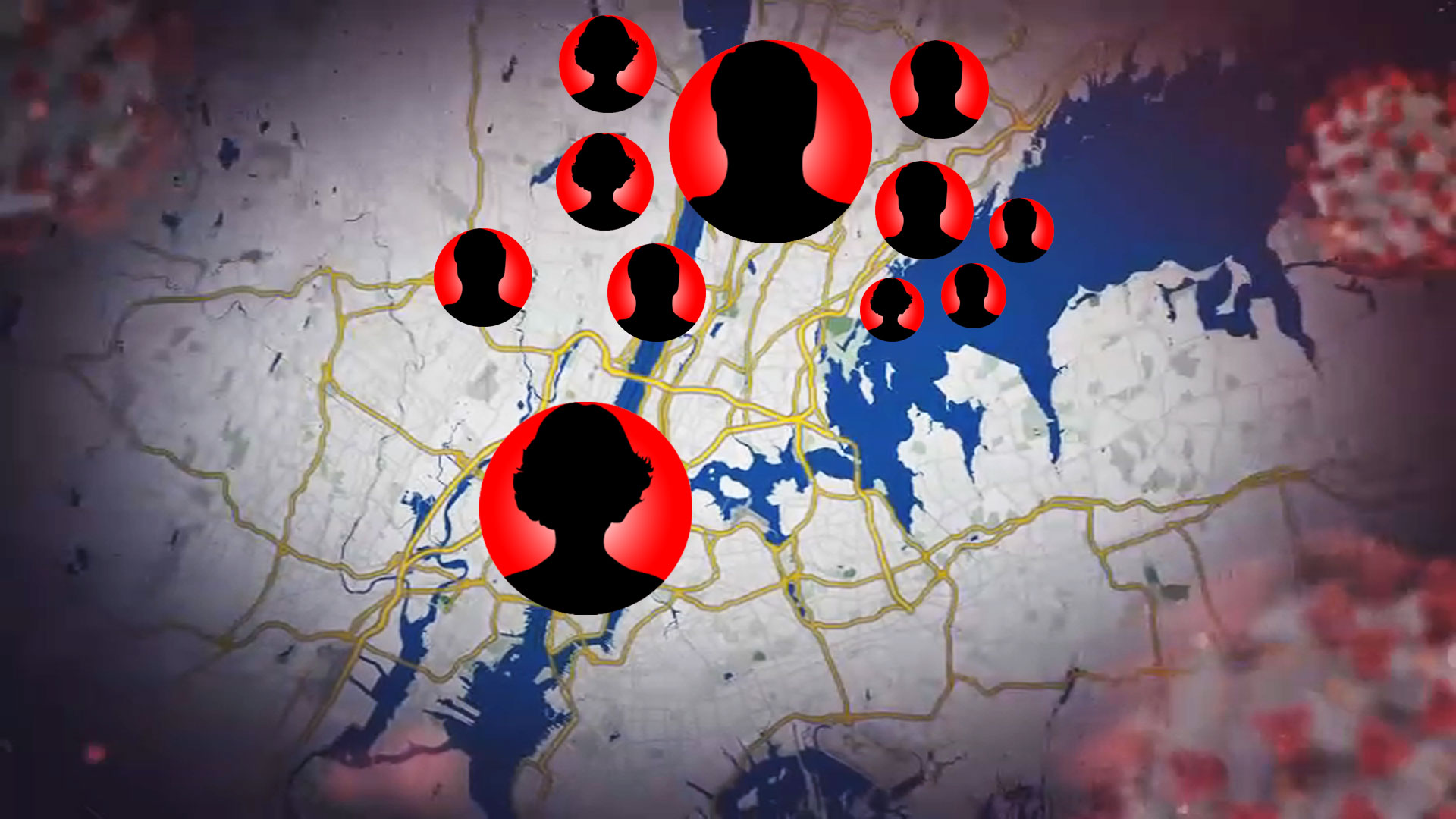New York reached another successful milestone in the months-long coronavirus pandemic when the statewide infection rate stayed below 1 percent for a 30th straight day, Gov. Andrew Cuomo confirmed Sunday.
The news comes despite recent concerns that the return of college students to on-campus instruction could trigger virus outbreaks across the state. Proving some truth to those worries, SUNY Oneonta closed its campus for the remainder of the semester once positive tests linked to illegal partying came back in the hundreds.
Cuomo included the results of five days of citywide testing in Oneonta in his daily report Sunday; almost 2,000 tests were conducted in that period. 91 tests came back positive for an infection rate of 4.6 percent. Testing data showed 85 of the 91 positive results were in young people ages 18-24, Cuomo said.
Rapid testing sites will remain available to residents of Oneonta over the coming weeks, the governor emphasized.
The state's overall infection rate was .85 percent for the previous day's testing, Cuomo said Sunday. Although the state's long-term progress and record low hospitalizations prove promising, his message repeated a warning to stay vigilant.
"Our infection rate has been below 1 percent for 30 days, and New Yorkers can help us keep that streak going by wearing masks, socially distancing and washing their hands," he said in his release. "Our actions today determine the rate of infection tomorrow, so as the Labor Day weekend continues, I urge everyone to be smart so we don't see a spike in the weeks ahead."
Included in his update: the deaths of nine more New Yorkers. So far, the coronavirus has been attributed to the deaths of at least 25,359 people in the state.
Public health officials are urging people not to make the same mistakes they did over Memorial Day and July Fourth. With another weekend holiday synonymous with backyard parties and other crowded gatherings, the fear that a spike in coronavirus infections feels inevitable.
Governors throughout the Northeast have discouraged people from traveling out of state this weekend. Visitors from 33 states and territories must quarantine for 14 days after arriving in New Jersey, New York or Connecticut.
“I look upon the Labor Day weekend really as a critical point," said Dr. Anthony Fauci, the government’s top infectious-disease expert. "Are we going to go in the right direction and continue the momentum downward, or are we going to have to step back a bit as we start another surge?”
In New York City, once the epicenter of the outbreak in the U.S., Jennifer Bolstad of Brooklyn picked up the keys to a rented minivan with plans to drive with her two children to Maryland this weekend to visit family she hasn’t seen in a year.
“I monitored the quarantine list pathologically, and they are finally a place I can visit,” she said, referring to the list of states that New York has advised are safe to travel to. “I think a lot of people are going stir-crazy and are going somewhere this weekend and possibly not be as cautious as they should about not bringing their germs back with them.”
Tracking Coronavirus in Tri-State
Fellow New Yorker 30-year-old Heather Poole and her fiance, Jason Goldrosen, decided to pack up some bedding along with the makings for s'mores and head to a tiny home on the property of a brewery for the long weekend about two hours north of the city. She figures it will be one last blast of freedom before she is cooped up again this fall.
"It’s kind of a way to enjoy the outdoors and be able to walk outside and not run into a lot of people or feel the need to wear a mask the second you walk out your door,” she said.
The outbreak is blamed for about 187,000 deaths and almost 6.2 million confirmed infections in the U.S., by far the highest totals in the world. Cases of COVID-19, which spiked from about 20,000 per day to around 70,000 during the summertime surge in the South, are now down to about 40,000.
Worldwide, the number of deaths has topped 870,000, with more than 26.4 million infections.
Pat Eaton-robb, Thalia Beaty and Carla K. Johnson of The Associated Press contributed to this report.



